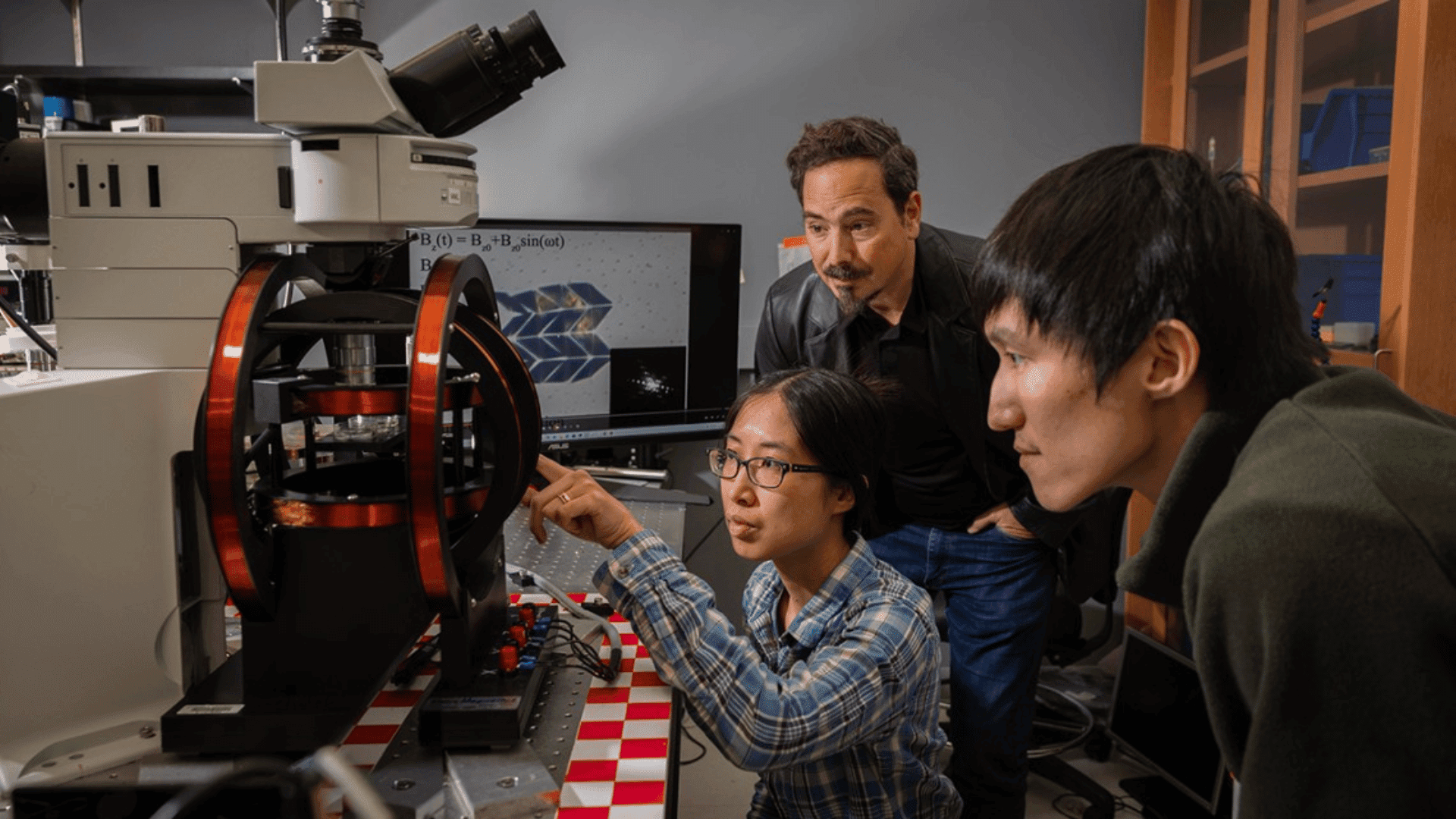In honor of National Camera Day on June 29th, it’s time to grab your favorite cameras and head out into the world. You can take some fun candid shots as you hang out with friends, drive out to a scenic location to take some nature photos, or even throw on a stylish outfit and strut for your camera. But have you ever wondered about the evolution of cameras?

Although the camera obscura, written about by Aristotle, is the oldest known ancestor to the modern camera, the first photographic camera wasn’t made until thousands of years later. Between 1826-1827, Joseph Nicéphore Niépce made the first photo using a photographic plate. He experimented with many different materials including paper, varnish-coated vellum, and metal. He found success coating them with silver chloride and watched how they were affected by sunlight, calling the process ‘heliography’ or sun writing.
At the time, however, Niépce couldn’t figure out a way to remove the remaining silver chloride so eventually, the image would become entirely darkened. Eventually, after years of trial and error, Niépce used a pewter plate slid into the back of the camera obscura and coated with asphalt. The asphalt would slowly harden on the brightest areas of the image, while unhardened areas would simply dissolve away.

From this simple procedure, the evolution of cameras has produced the hyper-realistic images we now know today. Modern phone cameras even include tools such as the sensor, which translates the light outside into signals. When you hear people talk about megapixels in your camera, they’re talking about that sensor that contains millions of tiny red, green, and blue color filters.
Contemporary cameras also include something called the ISP or Image Signal Processor, which converts the image signal into a viewable image. Modern advanced models of the ISP will also handle damaged pixel repair, color correction, and AI correction which helps to improve the image quality.







